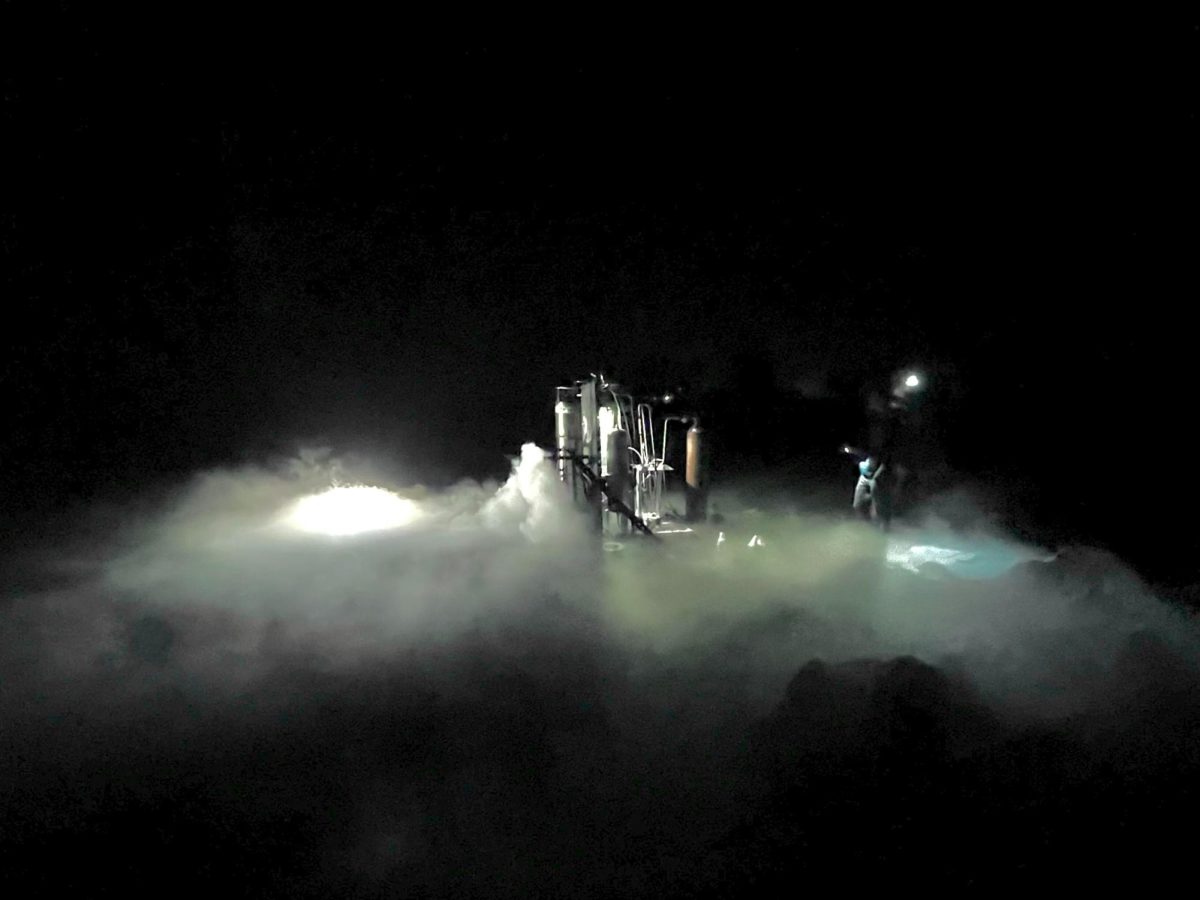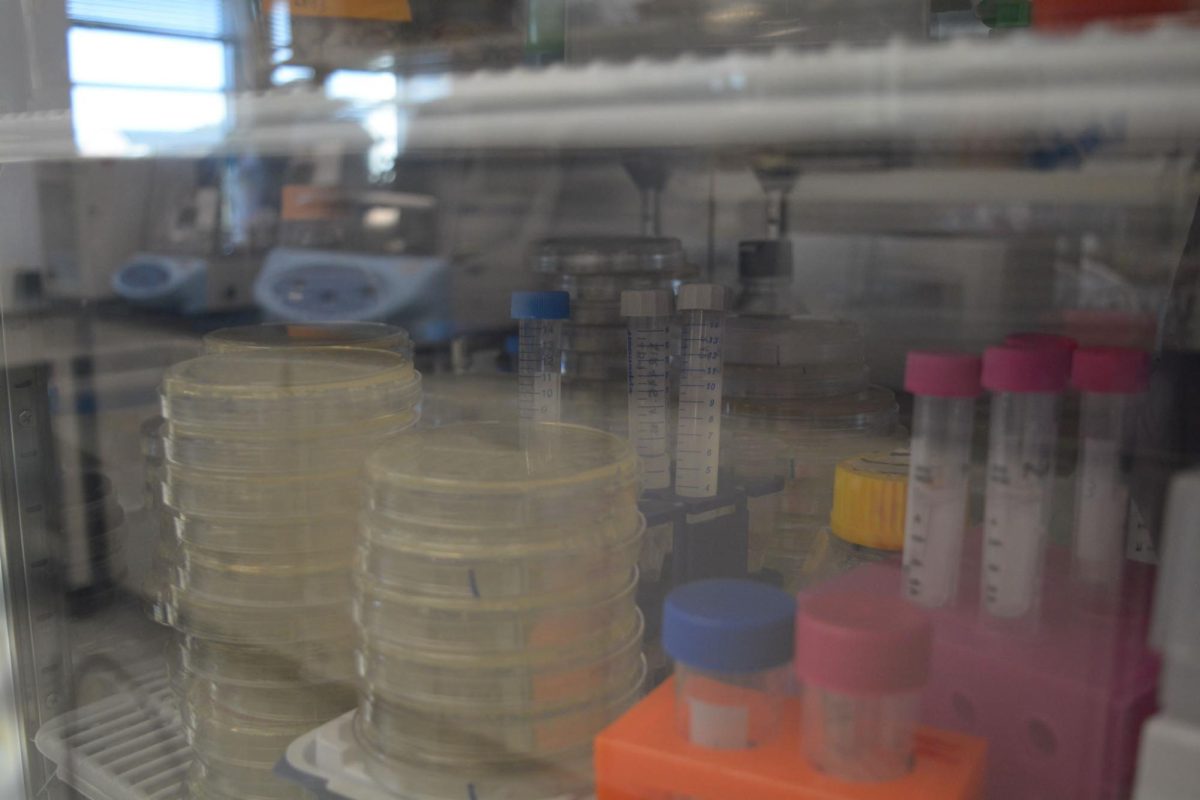A team of faculty engineers from the University have started research that could change how effectively buildings are built.
The research project, titled Robotic Materials for Future Infrastructure, aims to make building materials that would react to climate change. By changing their shape and structure, buildings could adapt to their environment.
Ahmed Elbanna, associate professor in Engineering, compared the long-term vision for the project to the microbots from the movie “Big Hero 6.”
“This is how we are thinking about this problem,” Elbanna said. “Having building blocks that could interact together, and, as a result of this interaction, can start evolving and forming bigger structures.”
Elbanna envisioned people using robotic materials to build in dangerous conditions, such as under the sea or in outer space, he said.
Get The Daily Illini in your inbox!
However, he said the current priority for the material is helping buildings withstand climate change.
In the past, high winds and heavy snowfall have caused buildings and roofs to collapse, Elbanna said. However, in the future, robotic materials could sense those conditions, change the building’s shape and avoid damage.
“So you get something like a shape-shifting exterior for your building that’s actually not pre-programmed, not preset, but is adaptively responding to this kind of external loading,” Elbanna said.
This could allow buildings to control how the wind moves throughout a city, Elbanna said. However, the project needs to progress before that can happen.
Elbanna explained the first step towards achieving this goal is making a working prototype that shows the proof of concept.
“But then on the longer run, the sky is the limit, right?” Elbanna said. “So we want to go beyond ‘Big Hero 6.’”
This project does not have one level of success, said Ann Sychterz, assistant professor in Engineering.
What Sychterz sees as potential difficulties are funding, public policy and power consumption, she said.
Time presents another challenge, she said, as the team has to show results within a certain timeframe.
“Our modeling techniques are assuming lots of perfect conditions, and to model it accurately also takes a lot of computational power and time,” Sychterz said. “So there is a gap between our models and the existing world, especially when we get to a larger scale.”









